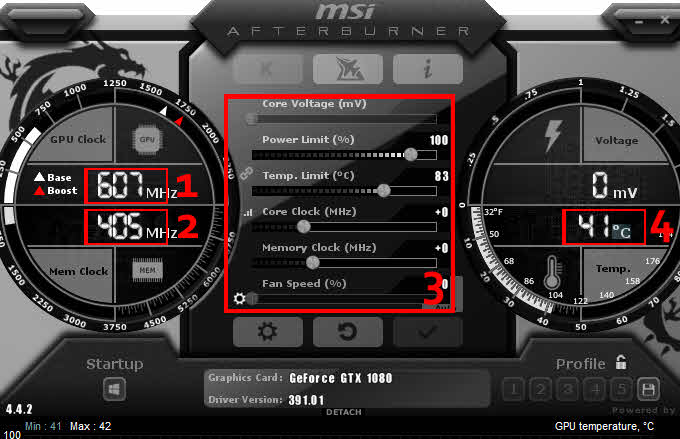
Lower bandwidth costs, higher-quality video, and easier interoperability for whatever the future of streaming media might hold makes it a mighty enticing bit of tech indeed.

Intel is famous for its media prowess (QuickSync, anyone?) and the streaming industry is pushing hard for AV1 to become the new standard. Intel also beat Nvidia and AMD to the punch with AV1 encoding support in Arc’s media engine. Nvidia’s next-gen GeForce RTX 4090 launches the very same day as Arc, however-albeit for a staggeringly higher price-with absolutely massive ray tracing uplifts of its own. To kick things off on a positive note, Arc’s raw ray tracing power outshines even Nvidia’s vaunted RTX 30-series RT cores, though the company’s companion XeSS upscaling feature is in its infancy and only supported in a handful of titles, like Hitman 3, Death Stranding, and Shadow of the Tomb Raider. There are some key Xe HPG (and thus Arc) nuances gamers need to be aware of, however. Like all modern GPUs, Arc dynamically adjusts its clock speeds depending on what you’re doing. It’s also worth pointing out that the clock speeds are an average of the expected frequencies hit during low-load and high-load tasks. Intel’s Xe HPG architecture isn’t directly comparable to Nvidia or AMD’s architectures, so don’t get caught up trying to slice and dice GPU configurations between the rival lineups. But in the best-case scenarios, Intel’s Arc A750 and A770 deliver truly compelling value in a mid-range graphics market left largely unsatisfied by AMD and Nvidia during a debilitating years-long GPU shortage-and Arc’s initial ray tracing performance already outshines Nvidia’s second-gen RT implementation.
Gpu boost 2.0 full#
Some rough edges remain, and Intel’s unique GPU architecture won’t perform to its full potential in every system, or in every game.
Gpu boost 2.0 software#
The company’s software woes are well-documented at this point and contributed to Arc launching a full year later than expected.
Gpu boost 2.0 Pc#
Sure, the entry-level Arc A380 already trickled onto store shelves, and Arc laptops appeared earlier this summer, but for PC gamers, the Arc A7-series launch is Intel’s first true challenge to the entrenched Nvidia/AMD duopoly. Today, we’re reviewing Intel’s first proper desktop graphics cards, the $289 Arc A750 and $329 Arc A770 Limited Edition. Despite those quibbles, it’s an encouraging start to Intel’s GPU ambitions.Īfter months-nay, years-of teasing and promises, a new era of graphics card competition is finally here.

The Arc A770 Limited Edition is a graphics card that offers great value in some scenarios, but too many frustrating caveats to outright recommend.


 0 kommentar(er)
0 kommentar(er)
